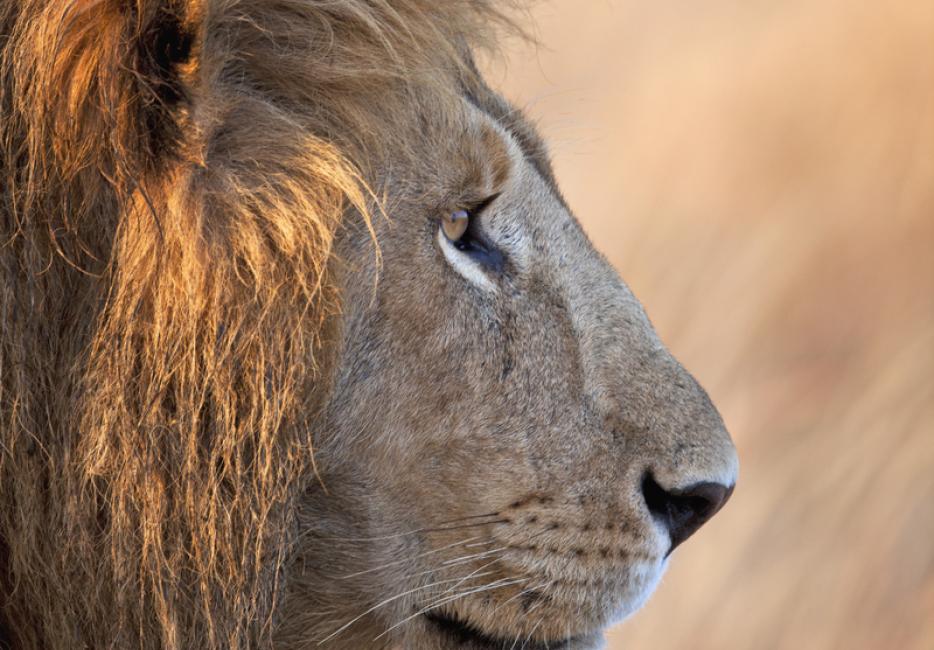
The magnificent lion: the symbol of Africa species:
Affected by: Habitat loss and fragmentation , Illegal wildlife trade , Human wildlife conflict , Extractives
Powerful and majestic, the king of the beasts has no natural predators. But unthinkably, African lion numbers have plummeted by over 40% in the last three generations, due to loss of living space and conflict with people.
Lions are mammals and the most sociable of all big cats. They live in groups called prides, which usually consist of related females and their cubs. Dominant males, with their flowing manes (a sign of virility), fight to maintain breeding rights.
Lions are not currently endangered in Africa. However, three-quarters of their populations are in decline. The main threats to African lions are human-wildlife conflict and natural prey decline, as well as habitat loss, climate change and wildlife trade. With around 23,000 African lions left in the wild, they’re now officially classified as ‘vulnerable’.
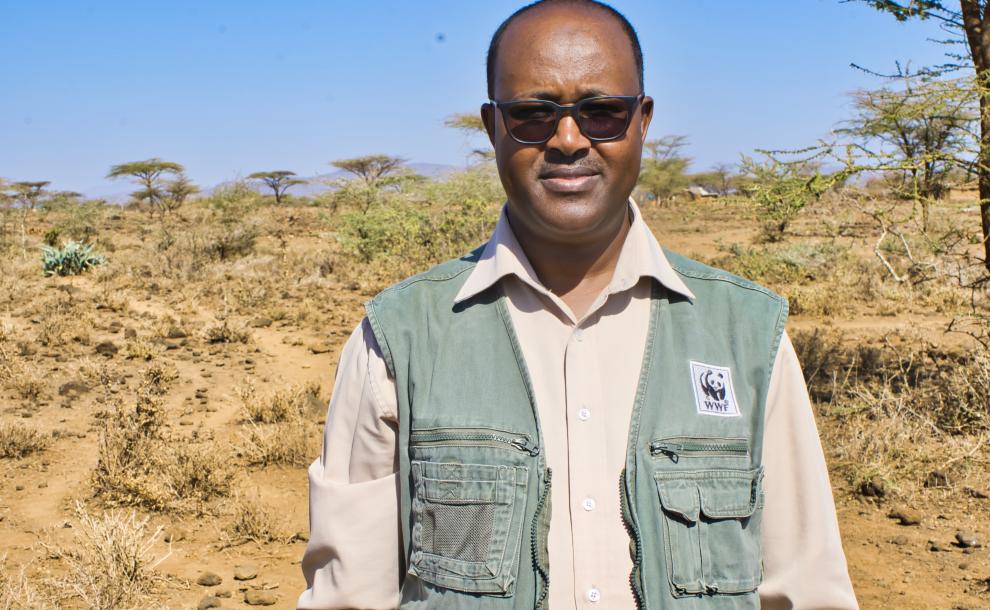
'I grew up just 5km outside Marsabit National Park in rural northern Kenya, and my early memories are of being surrounded by wildlife. I remember how privileged I felt when, aged 10, I saw a lion in the wild for the first time. Encounters such as this one made a huge impression on me and inspired me to follow a path in conservation. Now I’m lucky enough to help protect these magnificent creatures and ultimately help them thrive.'
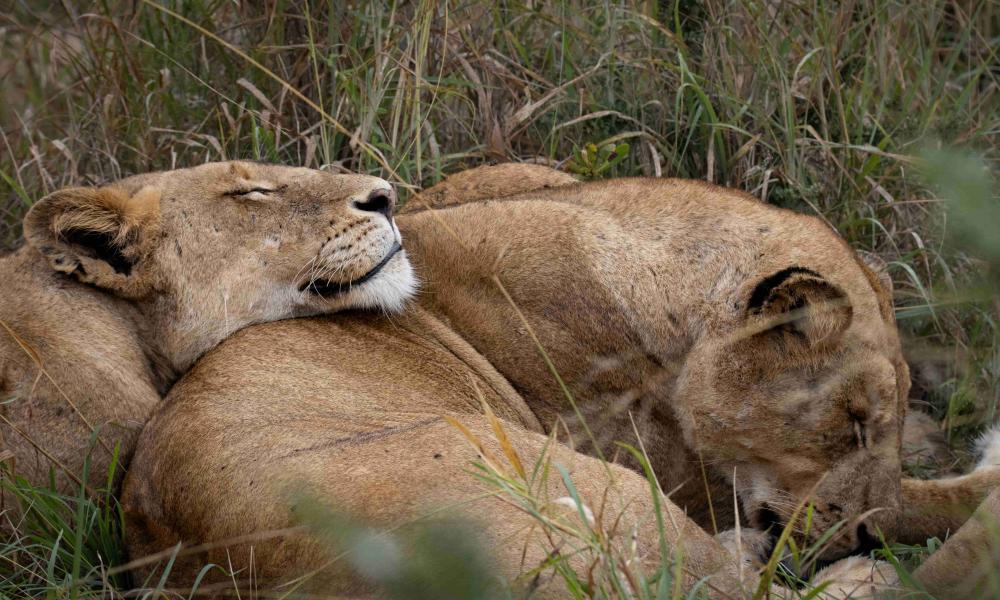
Where do african lions live?
Where do african lions live?
African lions are highly adaptable big cats and can be found in a wide variety of habitats, including semi-arid desert areas and even very dry habitats such as the Kalahari desert. They prefer open woodland and thick bush, as well as scrub and grasslands, to help them stalk their prey and also find shade to rest during the hottest part of the day.
African lions used to be spread across most of the continent, but now are only found in sub-Saharan Africa, with 80% in eastern or southern Africa. Three of the five largest populations are in Tanzania. Lions have disappeared from 12 sub-Saharan countries in recent decades.
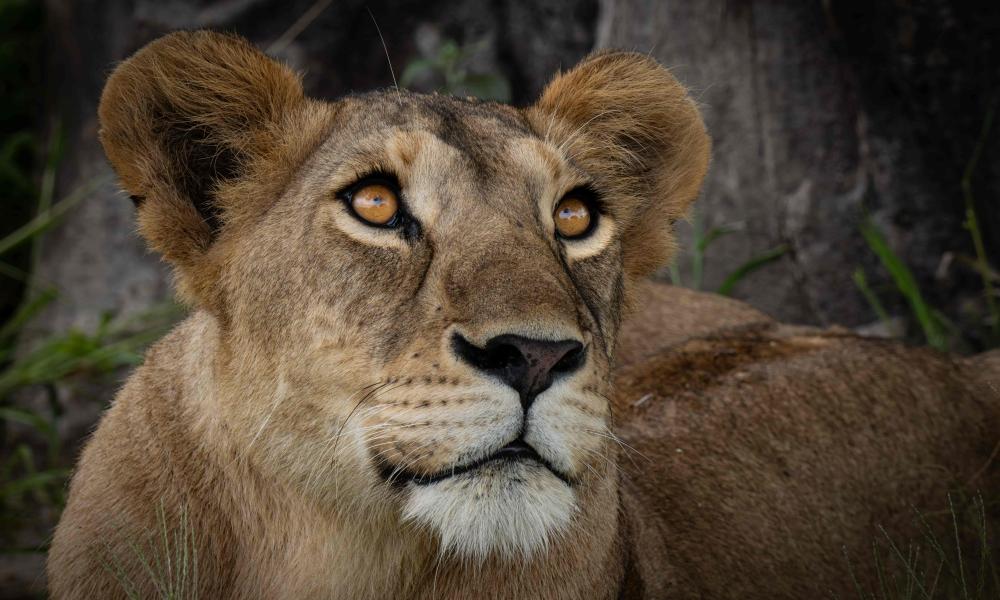
Why African lions are important
Why African lions are important
Lions are top predators in their environment, whether that’s grasslands, desert or open woodland. It means they play a crucial role in keeping a healthy balance of numbers among other animals, especially herbivores like zebra and wildebeest – which in turn influences the condition of grasslands and forests.
By protecting a lion’s landscape, we’re helping the whole area to thrive, which doesn’t just benefit wildlife but the people who rely on local natural resources too.
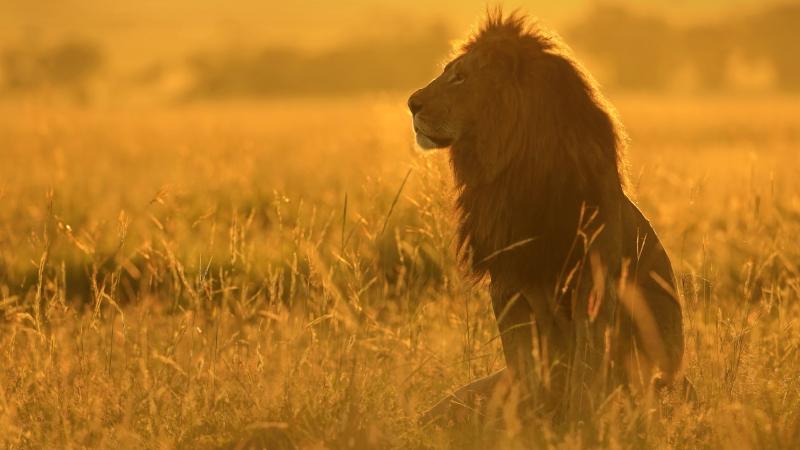
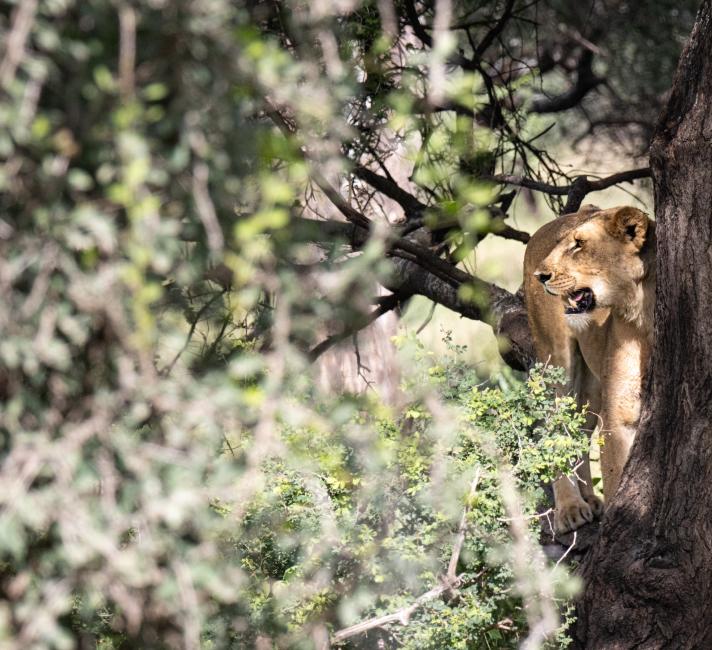
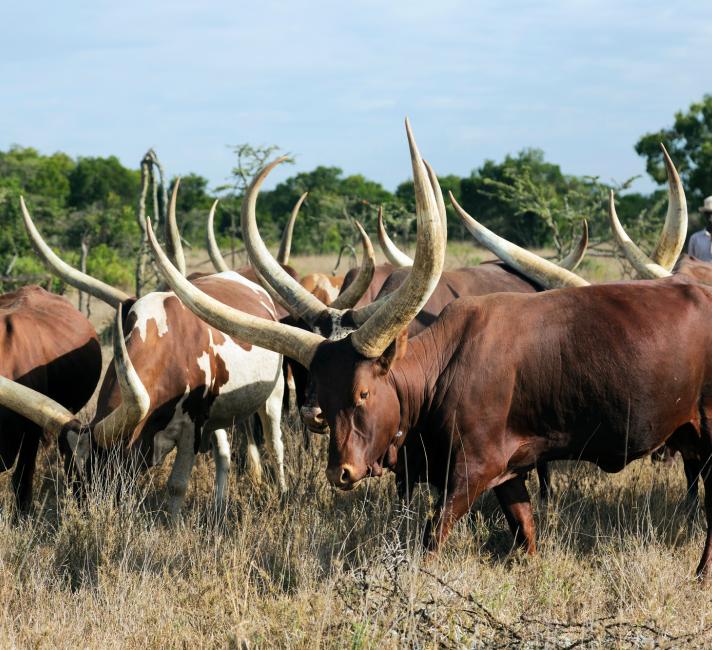

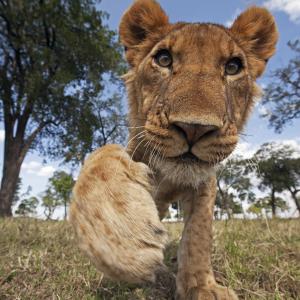 Top 10 facts about Lions
Top 10 facts about Lions
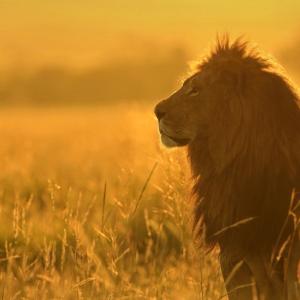 Lion quiz
Lion quiz
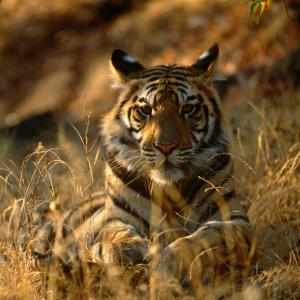 Tigers: possibly the world's most iconic big cat
Tigers: possibly the world's most iconic big cat
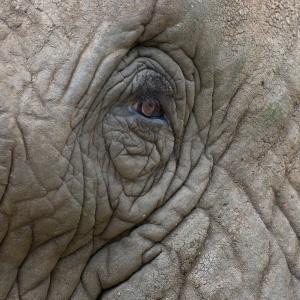 African elephant: strong, smart, but vulnerable
African elephant: strong, smart, but vulnerable